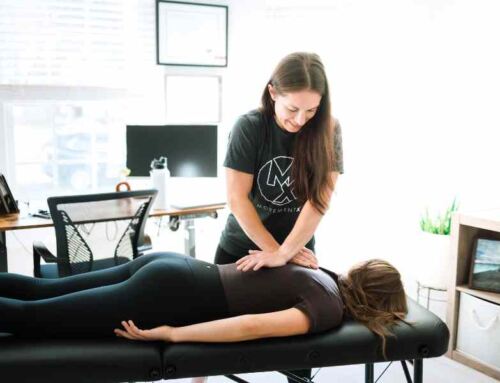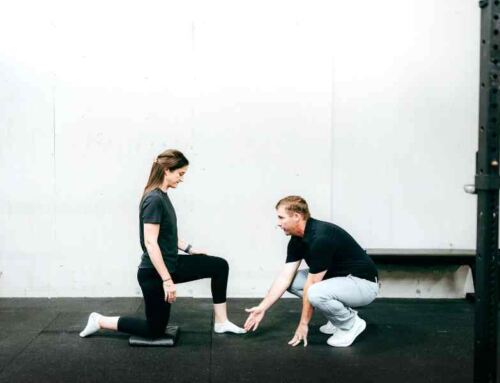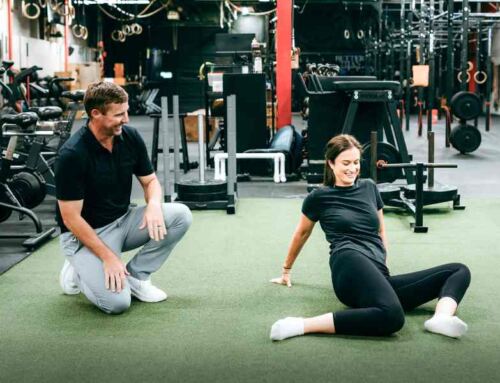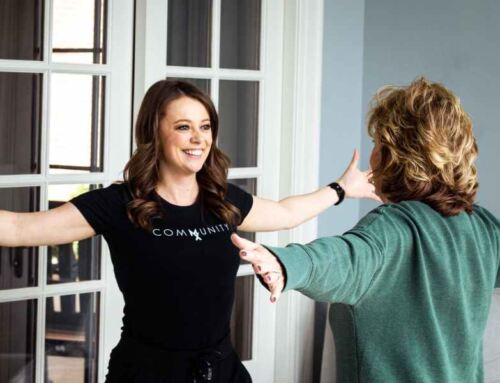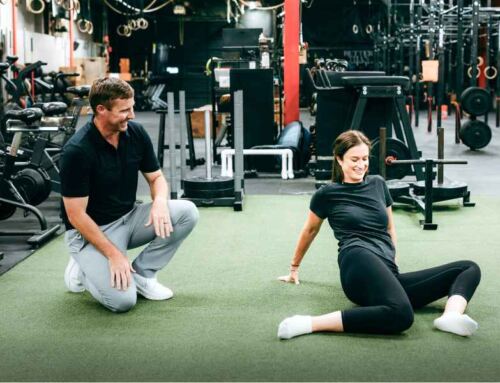Many of us have this vision of an “athlete” as a person in peak physical condition, with perfect form, competing in high-level sports (especially on the heels of the Paris Olympics this year). But the truth is, we are all athletes, regardless of age, or participation in organized sports. Over the course of this article we will explore what it really means to be an athlete, the importance of staying active, and the impact both physical therapists can have on your life-long athleticism.
Reframing the Word “Athlete”
The word “athlete” is often associated with someone who dedicates hours to training and competes at a high level, but that term is not exclusive to the professional athletes you see on TV, or the kids in your neighborhood playing pick-up basketball. An athlete is someone who values and practices movement in their daily life. Being an athlete can mean engaging in regular physical activity, whether it’s a group exercise class, walking, swimming, lifting weights, or even dancing!
Being an athlete doesn’t require medals or podiums; it’s about incorporating movement into daily life and viewing yourself as someone who trains for a vibrant, active life. The most important thing you can do to be a lifelong athlete is KEEP MOVING! In the next section we will break down the unparalleled impact of movement and exercise on your health.

The Impact of Movement and Exercise
Physical activity is one of the most powerful tools available for improving your health and extending life. In fact, research shows that individuals who engage in regular exercise have lower rates of heart disease, Type 2 diabetes, and certain cancers. You might ask yourself, “What is considered regular exercise?” The American Heart Association defines regular physical activity as at least 150 minutes of moderate-intensity aerobic exercise (think brisk walking or jogging) per week, in addition to two-days of strength training.
Is that activity worth it?
YES! In fact, research has shown that individuals who performed two to four times the recommended activity guidelines had 26% to 31% lower all-cause mortality rate. You might ask, “What is mortality rate?”, well in its simplest terms it means the number of deaths in a certain population. You read that correctly…regular exercise is linked to a lower rate of death.
If staying athletic and exercising has all of these benefits, then why isn’t everyone doing it? In the next sections, we will explore that question and give you some tips to keep you moving.
The Importance of Enjoyment in Exercise
Consistent performance, or adherence, to an exercise routine is one of the biggest predictors of long-term health benefits, and adherence is heavily influenced by enjoyment. Research highlights that people are more likely to stick with an activity if they find it enjoyable and feel good about their ability to perform it.
For example, someone who loves being outside may find more joy in hiking or biking than in gym workouts, while others might find fulfillment in the challenge of learning a new skill, like jiu jitsu or rock climbing. When you choose physical activities you actually enjoy, you’re less likely to skip workouts and more likely to integrate movement into your life. Think of movement not as a “workout”, or a chore, but as a time to engage in an activity that brings you joy and fulfillment.
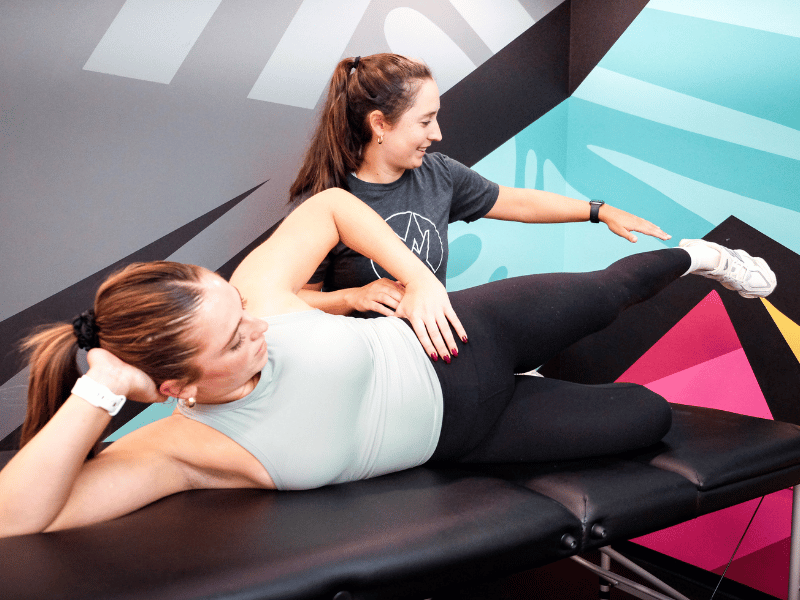
Barriers to Physical Activity
Despite the well-documented benefits of exercise, many people face challenges to regular physical activity. With all of the clear benefits of exercise, you might ask why people find it difficult to get into a consistent routine. Let’s explore some common barriers and potential solutions.
1. Lack of Time
One of the most frequently cited obstacles to exercise is a lack of time. In today’s busy world, finding a full hour for exercise can seem impossible.
Solution:
Movement “Snacks”: Short bouts of exercise that fit into your daily schedule have been shown to be just as effective as longer duration sessions.
2. Lack of Confidence
Feeling unsure of your abilities or intimidated by fitness environments can deter people from starting or sticking with an exercise routine.
Solution:
Find an activity you enjoy and remember that participation in exercise has been shown to have positive benefits on self-esteem and self-confidence.
3. Pain or Discomfort
Pain, whether from an injury or chronic condition, can make exercise feel daunting or even impossible.
Solution:
Find a profession to evaluate the way you are moving and help you find modifications, or design a treatment plan to address the root causes of your symptoms.
If you find yourself falling into the last bucket (pain), you may want to seek out help from a local physical therapist!
Maintaining your Athleticism with a Little Help from your PT
If pain is holding you back from your physical activity goals, physical therapists (PTs) can assess the root causes and work to alleviate discomfort through targeted exercises, manual therapy, or even dry needling. It is also important to understand your pain and learn the difference between “good” pain (associated with healthy muscular effort) and “bad” pain (which could indicate injury) in order to make sure you are moving safely. PTs can help you improve your quality of life through movement, regardless of age, fitness level, or perceived athleticism.

Embracing the Athlete You Are
When we reframe what it means to be an “athlete”, it’s important to ask yourself one question: Do I engage in movement in my day to day life? Remember that movement could mean weight lifting or running, but it also means walking, carrying a load of laundry upstairs, or unloading the dishwasher! If the answer is (inevitably) YES, then you are an athlete in your own right!
Regardless of how minute that movement might be, we all have the capacity to leverage the impact of movement and exercise. If you are looking to level up your athleticism, consider choosing activities you enjoy, or seeking guidance from a personal trainer or physical therapist!
The journey toward lifelong athleticism doesn’t have to be intimidating. With small, consistent steps and the right support system, you can embrace your inner athlete, stay active, and improve your quality of life. So, keep moving, find joy in the process, and remember that we are all athletes!
References
- https://www.nhlbi.nih.gov/health/heart/physical-activity/benefits
- https://www.heart.org/en/healthy-living/fitness/fitness-basics/aha-recs-for-physical-activity-in-adults
- https://pmc.ncbi.nlm.nih.gov/articles/PMC2992225/
- https://www.cancer.org/cancer/latest-news/how-exercise-can-lower-cancer-risk.
- https://pmc.ncbi.nlm.nih.gov/articles/PMC8894246/
- https://www.ama-assn.org/delivering-care/public-health/massive-study-uncovers-how-much-exercise-needed-live-longer
- https://www.heart.org/en/healthy-living/fitness/fitness-basics/aha-recs-for-physical-activity-in-adults
- https://pubmed.ncbi.nlm.nih.gov/27789950/
- https://journals.sagepub.com/doi/10.1177/15598276241253160
About the Author
Dr. Bryn Bonner is a doctor of physical therapy and performance coach in the Washington, D.C. and Maryland area. Bryn focuses on orthopedic care, sports injuries, and post-operative care with a specialty in golf and running. Dr. Bonner is always keen to design plans and programs that meet you where you and evolve with you as your movements grow.




